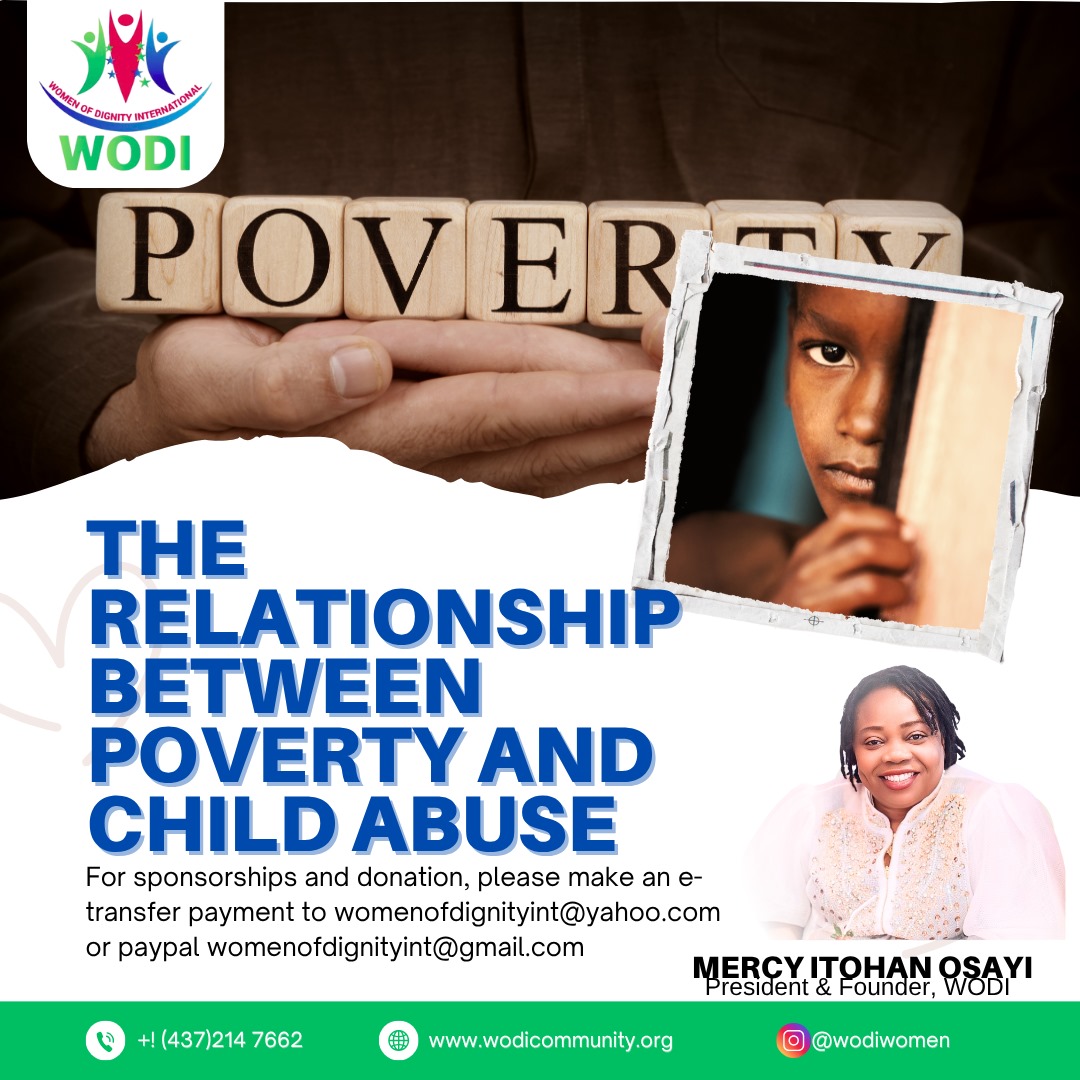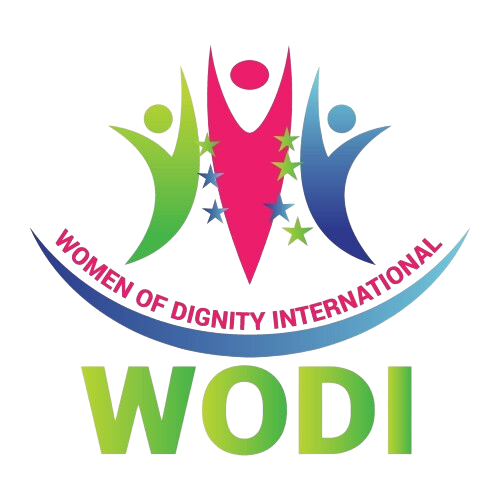The Relationship Between Poverty and Chikd Abuse

The Relationship Between Poverty and Chikd Abuse
The Relationship Between Poverty and Child Abuse
Child abuse is a complex issue influenced by various factors, and poverty is one of the most significant contributors. Understanding the relationship between poverty and child abuse is crucial for developing effective prevention and intervention strategies. This exploration will cover the ways in which poverty can lead to increased risk of child abuse, the impact of economic stress on families, and potential solutions to mitigate these issues.
1. Understanding Poverty
• Definition of Poverty: Poverty is defined as the state of having insufficient financial resources to meet basic living standards, including food, shelter, clothing, and healthcare.
• Types of Poverty: There are various forms of poverty, including absolute poverty (lack of basic needs) and relative poverty (economic status compared to others in society).
2. Link Between Poverty and Child Abuse
• Increased Stressors: Families living in poverty often face heightened stress due to financial instability, unemployment, and lack of access to resources. This stress can lead to frustration, anger, and ultimately abusive behaviors.
• Substance Abuse: Economic hardship can increase the likelihood of substance abuse among parents, which is a significant risk factor for child abuse.
• Mental Health Issues: Poverty is linked to higher rates of mental health problems, such as depression and anxiety, which can impair parenting abilities and increase the risk of abusive behavior.
• Social Isolation: Families in poverty may experience social isolation due to lack of transportation or community resources, leading to fewer support networks and increased risk of abuse.
3. Types of Child Abuse Associated with Poverty
• Physical Abuse: Economic stress can result in physical punishment as a misguided form of discipline.
• Emotional Abuse: Parents under financial strain may exhibit frustration or hostility toward their children, leading to emotional neglect or abuse.
• Neglect: Families struggling financially may be unable to provide adequate food, clothing, or medical care for their children, resulting in neglect.
• Sexual Abuse: Vulnerable families may be more susceptible to exploitation, leading to higher risks of sexual abuse.
4. Impact of Child Abuse on Children
• Immediate Consequences: Children who experience abuse may suffer from physical injuries, emotional trauma, and behavioral issues.
• Long-Term Effects: The long-term consequences can include mental health disorders, difficulties in forming healthy relationships, and increased likelihood of engaging in criminal behavior or becoming abusive themselves.
5. Preventive Measures and Interventions
• Economic Support Programs: Implementing programs that provide financial assistance, job training, and employment opportunities can help alleviate some stressors associated with poverty.
• Access to Mental Health Services: Providing accessible mental health services for parents can help address underlying issues that contribute to abusive behaviors.
• Parenting Education Programs: Offering parenting classes can equip parents with effective discipline techniques and coping strategies to manage stress.
• Community Support Networks: Strengthening community resources and support systems can reduce isolation and provide families with the help they need.
6. Policy Recommendations
• Increase Minimum Wage: Raising the minimum wage can help families achieve financial stability and reduce economic stressors.
• Affordable Housing Initiatives: Ensuring access to affordable housing can alleviate some pressures faced by low-income families.
• Child Welfare Policies: Reforming child welfare policies to focus on family preservation and support rather than punitive measures can lead to better outcomes for children.
Conclusion
The relationship between poverty and child abuse is intricate and multifaceted. Addressing the root causes of poverty through comprehensive social policies and community support systems is essential for reducing the incidence of child abuse. By focusing on prevention and support rather than solely on intervention after abuse occurs, society can create a safer environment for children and promote healthier family dynamics.
